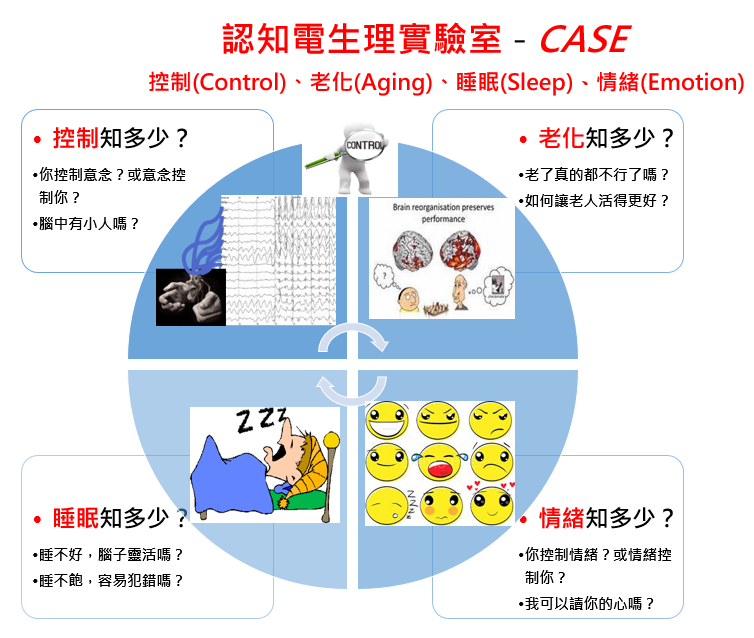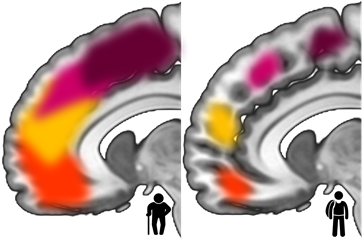Obsession With Research - My Journey of Learning and Reflection

|
Obsession With Research - My Journey of Learning and Reflection In my acceptance speech for the Outstanding Research Award, I shared my mottos with all researchers: "Nothing is impossible for a willing heart”; "The biggest enemy in your life is yourself"; "Sow with today's tears and harvest tomorrow's smiles" I believe that if we want to improve our research ability, to grow from grassroots researchers to be outstanding contributors, and to make a difference in the research field we are interested in, we must make hard and great efforts. I am not encouraging working long hours without breaks; I am advocating having fun in research work. Our research must keep pace with the times, innovate and update with the development of science and technology, which is the only way to get closer to the truth. Therefore, as researchers, we must learn for life and love learning for life! |
|||||||
| _______________________________________________________________________________________________ | |||||||
|
I came across a quote by Picasso (Pablo Ruiz Picasso, October 25, 1881 - April 8, 1973) by chance: "I am always doing that which I cannot do, in order that I may learn how to do it." Since then, this famous man of the last century has become my idol. His quote precisely expresses my approach to scientific research over the past 30 years. I study cognitive control processes, including task switching, multitasking, working memory, and inhibitory function. When I first joined my mentor Dr. Alan Allport's lab in 1989, I chose an unpopular field with only two references in the world: non-spatial task switching. Our results challenged the mainstream theory at that time, so the process of publishing a paper was quite arduous, but after much effort, our research was finally recognized. Our paper published in 1994 in the Attention and Performance book series made "task switching" a popular subject and has been cited by google scholar more than 2,000 times so far. The hardships of pursuing a PhD made me increasingly interested in novel research subjects and in exploring new research directions with different research tools, but my research journey was rugged because I did not use the methods that I was familiar with. When I first started as a faculty member, I focused on behavioral differences between normal people and neuropathic patients (especially those with Parkinson's disease) (1993-2000), then on brain wave technology (1999-present), and later, I taught myself brain imaging and other research methods in order to participate in the Brain Imaging Research Promotion Network for Mental Science project funded by the Department of Humanities, Ministry of Science and Technology (2009-present) to explore the effects of aging, mood, sleep and other factors on cognitive control ability, and explain the normal and pathological mechanisms with the help of mathematical models. I have spent much effort in studying relevant literature of each subject. I occasionally hesitated and retreated on this lonely research path, especially in the process of studying brain imaging. But more often than not, I stuck to my choice, especially when a paper was published or when my research results were awarded the 2018 Future Technology Breakthrough Award by the Ministry of Science and Technology (MOST) and won the research subsidy of the "Taiwan Brain Science and Technology Development and International Leap Forward Program" of the Ministry of Science and Technology for four consecutive years from 2019 to 2022. These grants gave me the opportunity to explore the genetic brain imaging map and mechanism of mental toughness; the winning of the Outstanding Research Award of the Ministry of Science and Technology twice (2007&2020) motivated me even more. For example, one of the most groundbreaking results I have achieved in recent years using the above-mentioned innovative technologies and research methods is the use of task-related functional magnetic resonance imaging (fMRI) to study age differences in the stratified tissue of frontal lobe function. The results showed that stratified tissue along the rostro-caudal axis was present in both the young and the elderly, but at the highest level of control, the elderly showed neurological dedifferentiation. Overall, older adults show maladaptive hyperactivation in task-irrelevant areas, which is detrimental to performance on tasks with the highest control requirements. This is the first study in the world to explore the stratified tissue function in the aging frontal lobe. In addition, we are one of the few research teams to explore age-related differences in higher-order cognitive function using multimodal magnetoencephalography in a series of studies on the elderly. The findings suggest that the differences associated with higher-order cognition do not arise exclusively in the prefrontal lobes, and that network connections in the parietal and prefrontal lobes may play a critical role. The multimodal analysis we’ve used provides different perspectives on human brain and cognitive function, leading to new research directions.
|
|||||||
|
Figure 1: We used high-field magnetic resonance imaging (HMRI) and functional brain imaging analysis to explore differences in age-related hierarchical responses of blood oxygen concentration in relation to frontal tissue function, in order to show common and unique neural mechanisms and associations that address different levels of abstract cognitive control. |
|||||||
| _______________________________________________________________________________________________ | |||||||
|
|||||||
subscribe E-news
Vol.34 NO.3(2022.6)-1 Author information
|
Author
NCKU Chair Professor Shu-Lan Hsieh |
|
|
|
Key words Cognitive control, aging, sleep, emotion, brain waves, brain imaging, mental toughness |
|
Research areas Humanities and Social Research |
|
References 1.Obsession With Research - My Journey of Learning and Reflection 2.Yao, Z. F., & Hsieh, S. (2021). Age Differences of the Hierarchical Cognitive Control and the Frontal Rostro–Caudal Functional Brain Activation. Cerebral Cortex, 2021; bhab382, https://doi.org/10.1093/cercor/bhab382 3.Yang, M. H., Yao, Z.-F., & Hsieh, S.* (2019, 06). Multimodal neuroimaging analysis reveals age-associated common and discrete cognitive control constructs. Human Brain Mapping, 40(9), 2639-2661. https://doi.org/10.1002/hbm.24550 |
|
Download
|








 Department of Psychology,
Department of Psychology,